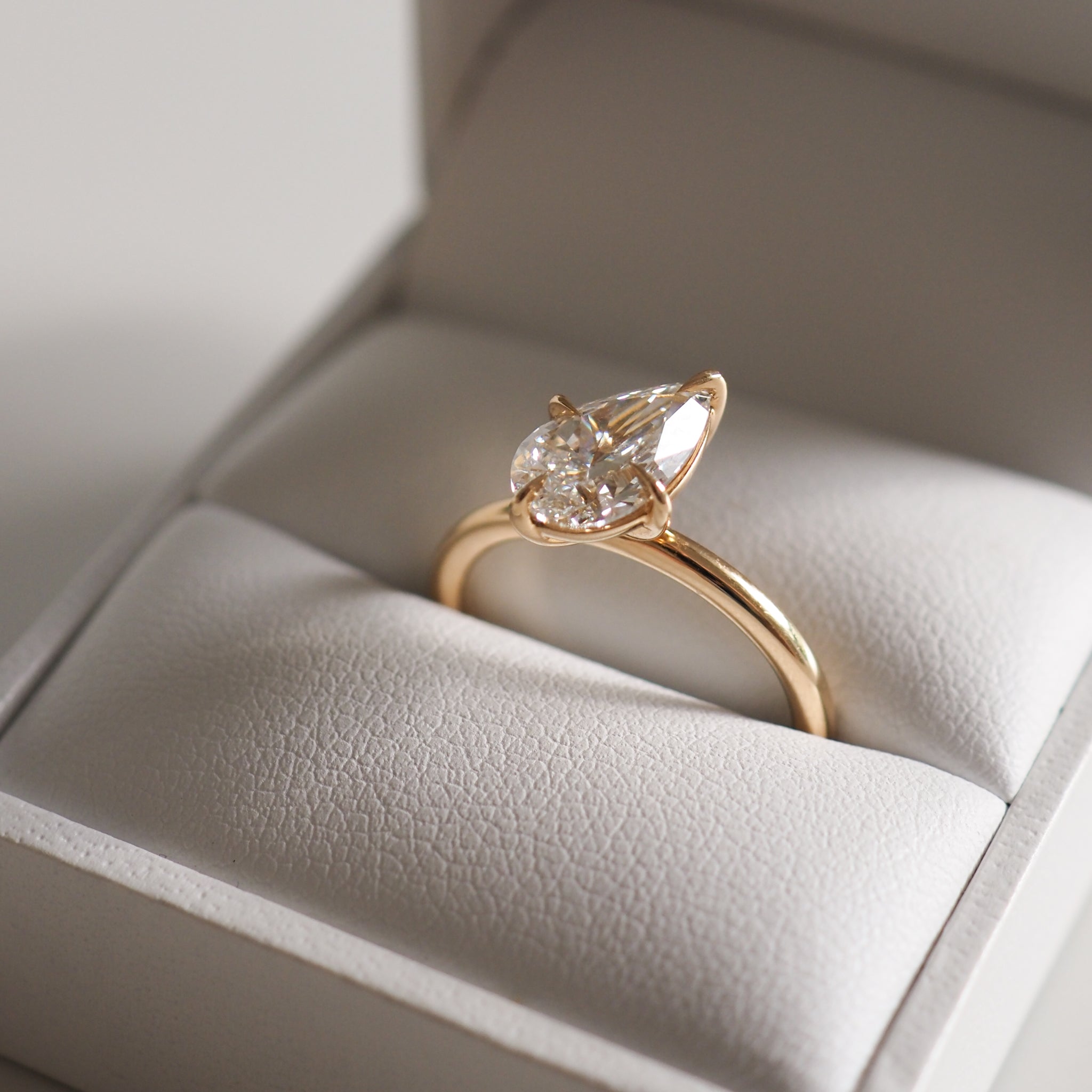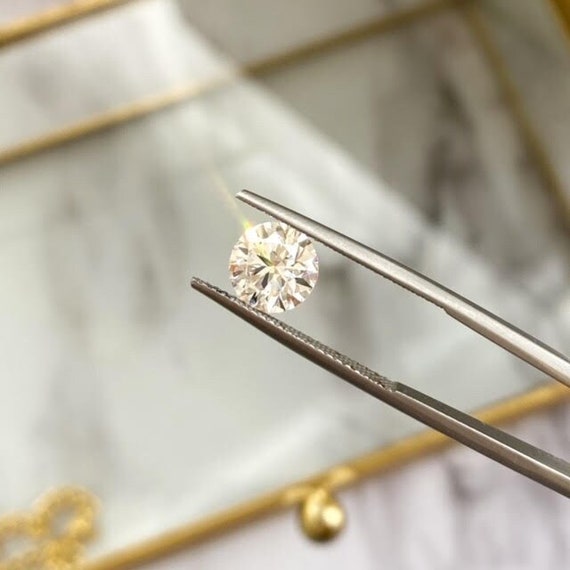
Lab-Grown Diamonds vs. Real Diamonds: Understanding the Differences
In recent years, the gemstone industry has seen a surge in interest in lab-grown diamonds vs real. As more consumers become aware of these diamonds, questions arise about how they compare to natural, mined diamonds. This article explores the differences between lab-grown diamonds and real diamonds, providing insights into their properties, value, and ethical considerations.
What Are Lab-Grown Diamonds?
Lab-grown diamonds, also known as synthetic diamonds or man-made diamonds, are created in controlled environments using advanced technology that replicates the conditions under which natural diamonds form. There are two primary methods for producing lab-grown diamonds:
High Pressure High Temperature (HPHT)
The HPHT method mimics the intense heat and pressure conditions found deep within the Earth’s mantle. Carbon is subjected to extreme temperatures and pressures, causing it to crystallize into diamond form. This process closely resembles natural diamond formation.
Chemical Vapor Deposition (CVD)
CVD involves creating a carbon-rich gas environment in a chamber where diamonds can form. The carbon atoms from the gas deposit onto a substrate and crystallize into diamond. This method allows for precise control over the diamond’s growth.
What Are Natural Diamonds?
Natural diamonds are formed over millions of years under extreme pressure and temperature conditions deep within the Earth’s mantle. Carbon atoms bond in a crystalline structure to form diamonds, which are then brought to the surface through volcanic eruptions. Unlike lab-grown diamonds, natural diamonds are the result of geological processes that occur over an extended period.
Key Differences Between Lab-Grown Diamonds and Natural Diamonds
Origin
The most obvious difference between lab-grown and natural diamonds is their origin. Lab-grown diamonds are produced in a laboratory, while natural diamonds are formed in the Earth’s mantle over millions of years. This distinction affects several aspects, including the diamonds’ rarity and value.
Physical and Chemical Properties
Lab-grown diamonds and natural diamonds share the same physical and chemical properties. Both types of diamonds are composed of carbon atoms arranged in a crystal lattice. They have identical hardness, brilliance, and dispersion, making it challenging to distinguish between them without specialized equipment.
Rarity and Value
Natural diamonds are considered more rare due to their long formation process and the complexities involved in mining them. This rarity contributes to their higher market value. In contrast, lab-grown diamonds can be produced more quickly and in larger quantities, which generally makes them less expensive.
Environmental and Ethical Considerations
Lab-grown diamonds are often praised for their lower environmental impact compared to natural diamonds. Traditional diamond mining can result in significant ecological damage and involves labor practices that may be unethical. Lab-grown diamonds, on the other hand, offer a more controlled and sustainable alternative, minimizing environmental harm and labor exploitation.
Certification and Appraisal
Both lab-grown and natural diamonds can be certified by gemological laboratories. Certificates for lab-grown diamonds provide details about their origin, growth method, and other characteristics. Natural diamonds, however, come with certificates that describe their geological origin and inclusions.
Market Trends and Consumer Preferences
The diamond market has evolved with increasing consumer awareness about ethical and environmental issues. Lab-grown diamonds are gaining popularity among consumers who seek sustainable and cost-effective options. As technology advances and production methods improve, lab-grown diamonds are expected to become more prominent in the market.
Perceptions and Misconceptions
Some consumers may still perceive lab-grown diamonds as inferior to natural diamonds due to misconceptions about their authenticity or value. However, lab-grown diamonds are real diamonds with the same physical properties as natural ones. Education and transparency about the differences and benefits of lab-grown diamonds can help dispel these myths.
Conclusion
In summary, lab made diamonds and natural diamonds are fundamentally similar in their physical and chemical properties but differ significantly in their origins, rarity, and environmental impact. Lab-grown diamonds offer a modern alternative to traditional diamonds, appealing to consumers who prioritize sustainability and value. As the diamond industry continues to evolve, understanding these differences can help consumers make informed choices based on their personal preferences and ethical considerations.


